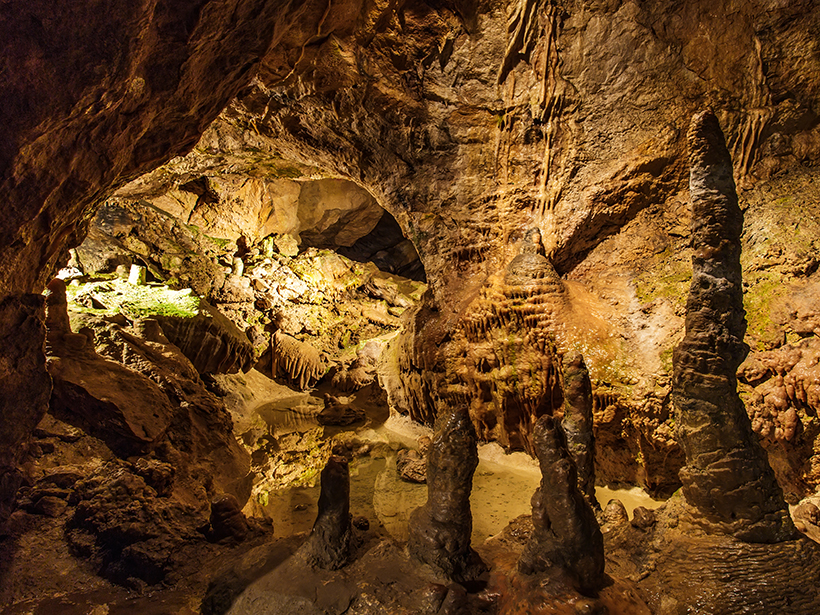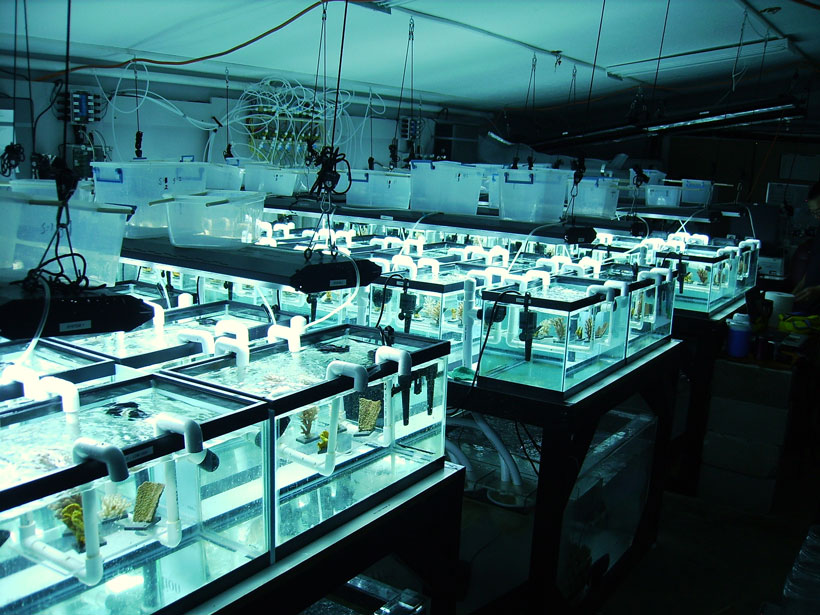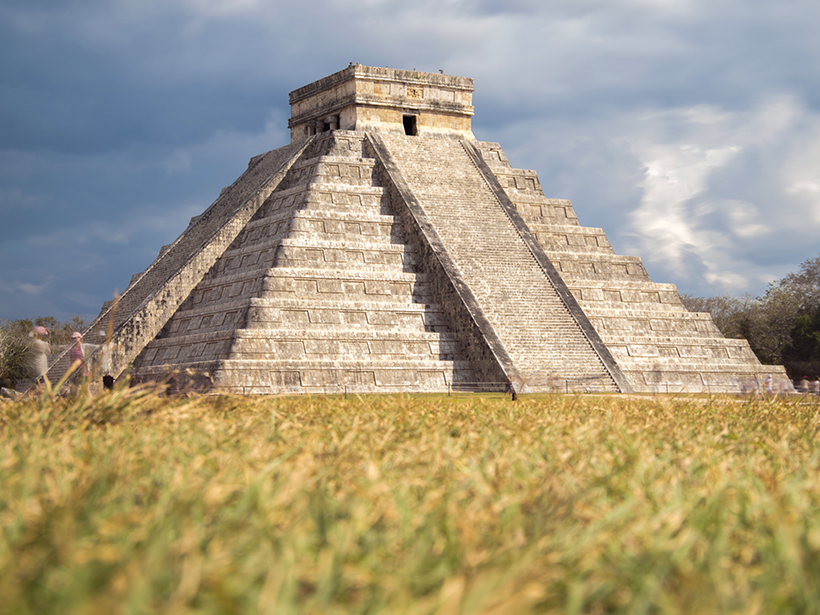Chemical measurements of a stalagmite from a cave in Iran reveal a large uptick in dust activity in northern Mesopotamia roughly 4,200 years ago, coincident with the decline of the Akkadian Empire.
ENGAGE
Apollo May Have Found an Earth Meteorite on the Moon
The meteorite may have been blasted off of Earth during an impact, mixed with lunar rocks, and brought back to Earth 4 billion years later by astronauts.
Coral Microbiomes Offer Clues for Resilience and Conservation
Some coral species might be better equipped to adapt to a warmer, more acidic ocean. Finding out which ones, and why, could be the key to saving reefs around the world.
Modeling the Climates of Worlds Beyond Earth
Scientists are applying climate models to distant planets to determine their habitability.
Rooftop Gardens Make Use of the Air We Breathe Below
Growing plants near building air vents may help them grow better, while reducing the carbon emissions from the people exhaling inside.
Severe Drought May Have Helped Hasten Ancient Maya’s Collapse
Chemical signatures from sediments in lake cores reveal that the centuries-long drought during the fall of Classic Maya civilization was worse than researchers had imagined.
After Obliteration, How Long Until Life Returned?
By studying the Chicxulub crater associated with the extinction of more than 75% of species then on Earth, researchers have begun to fill in a timeline for life’s rebound after the cataclysm.







